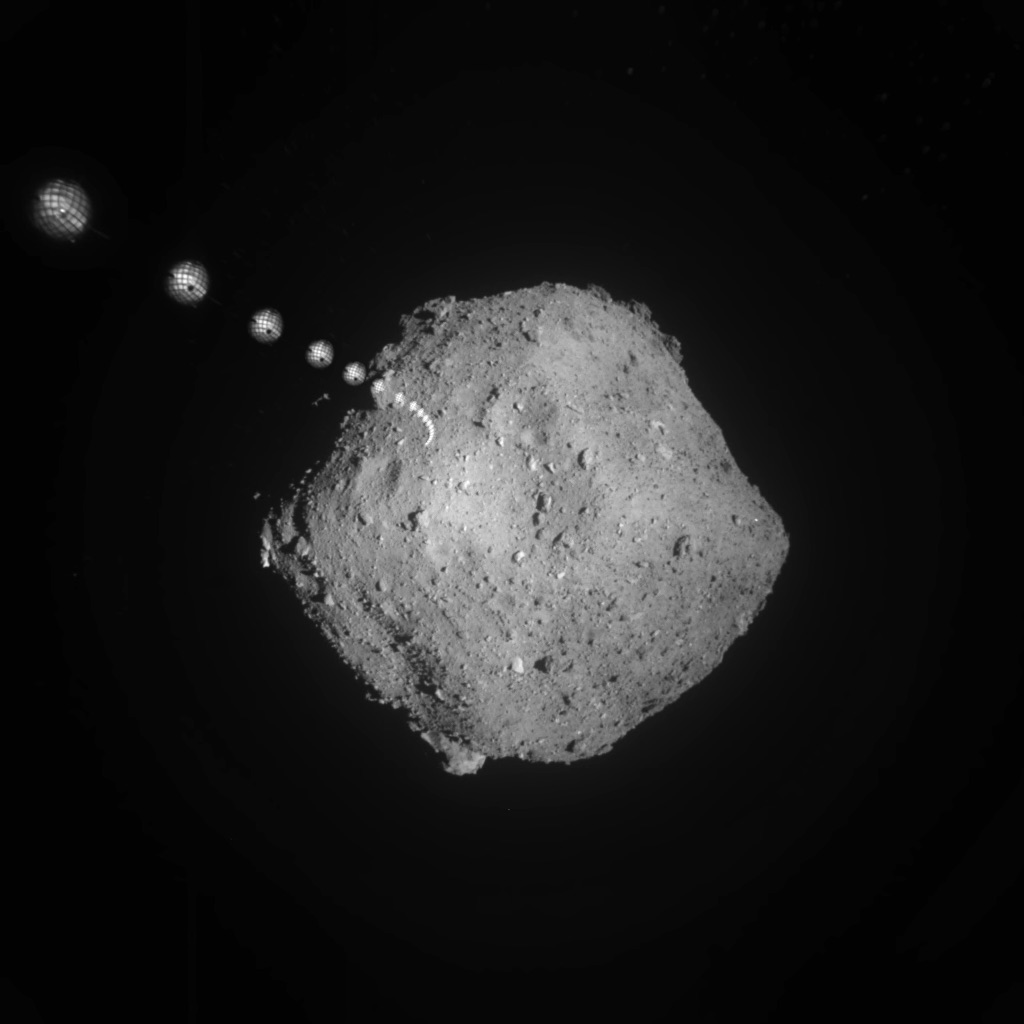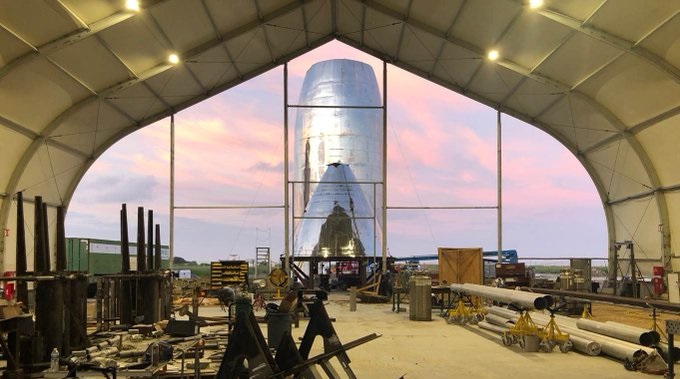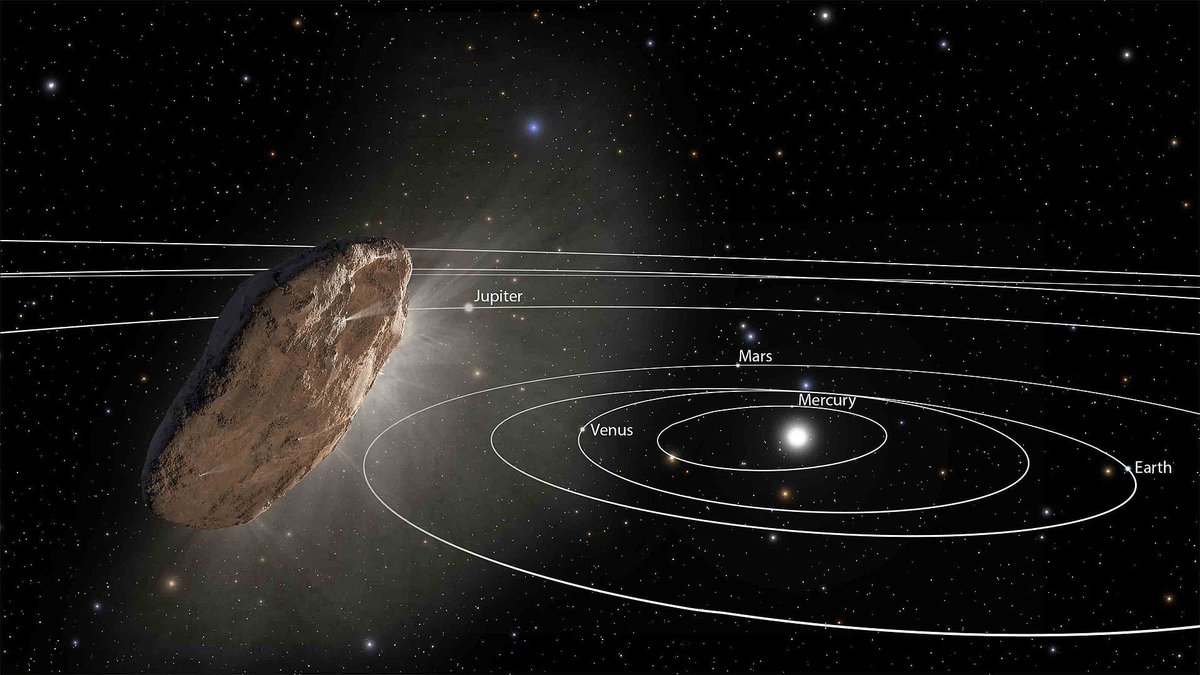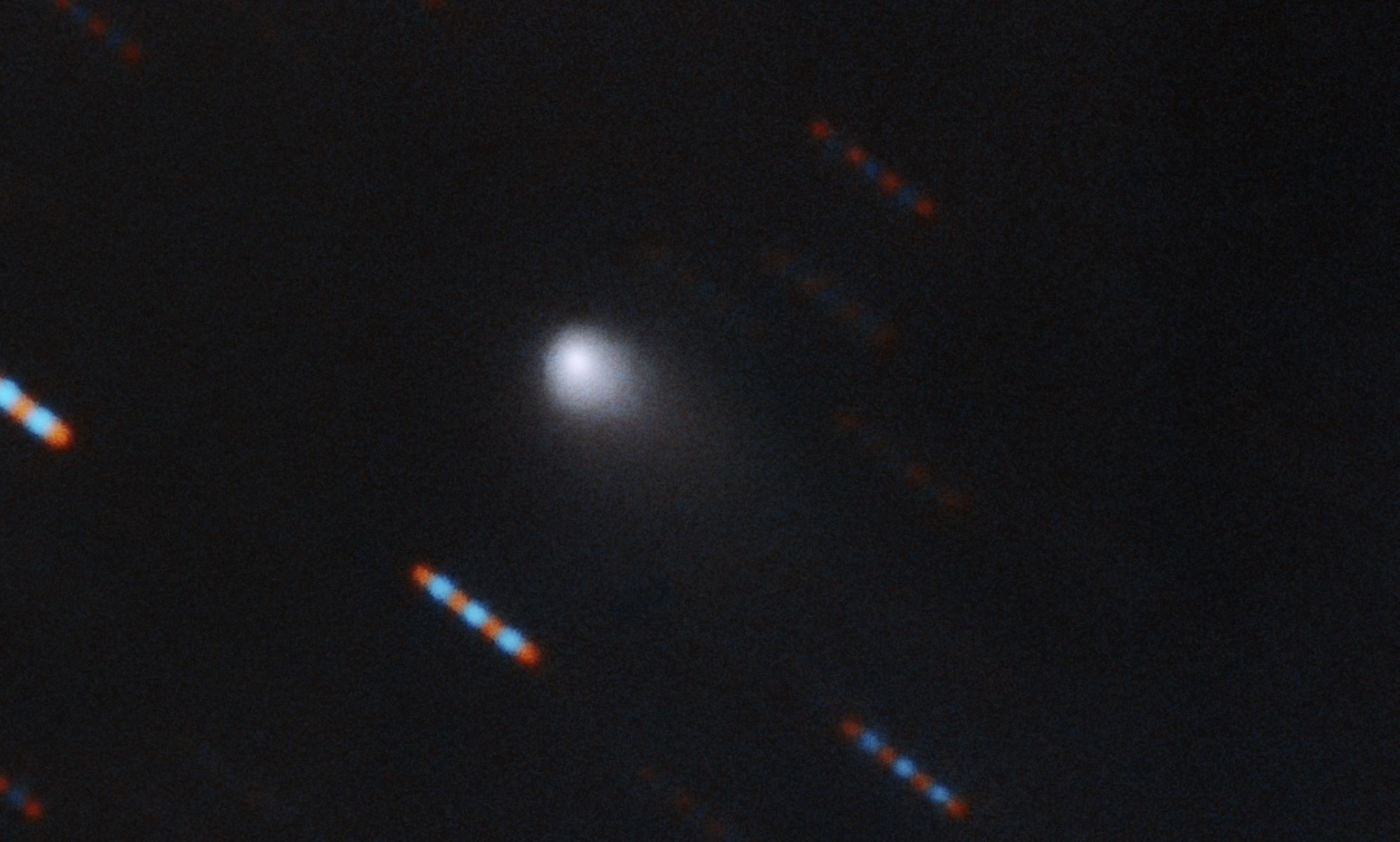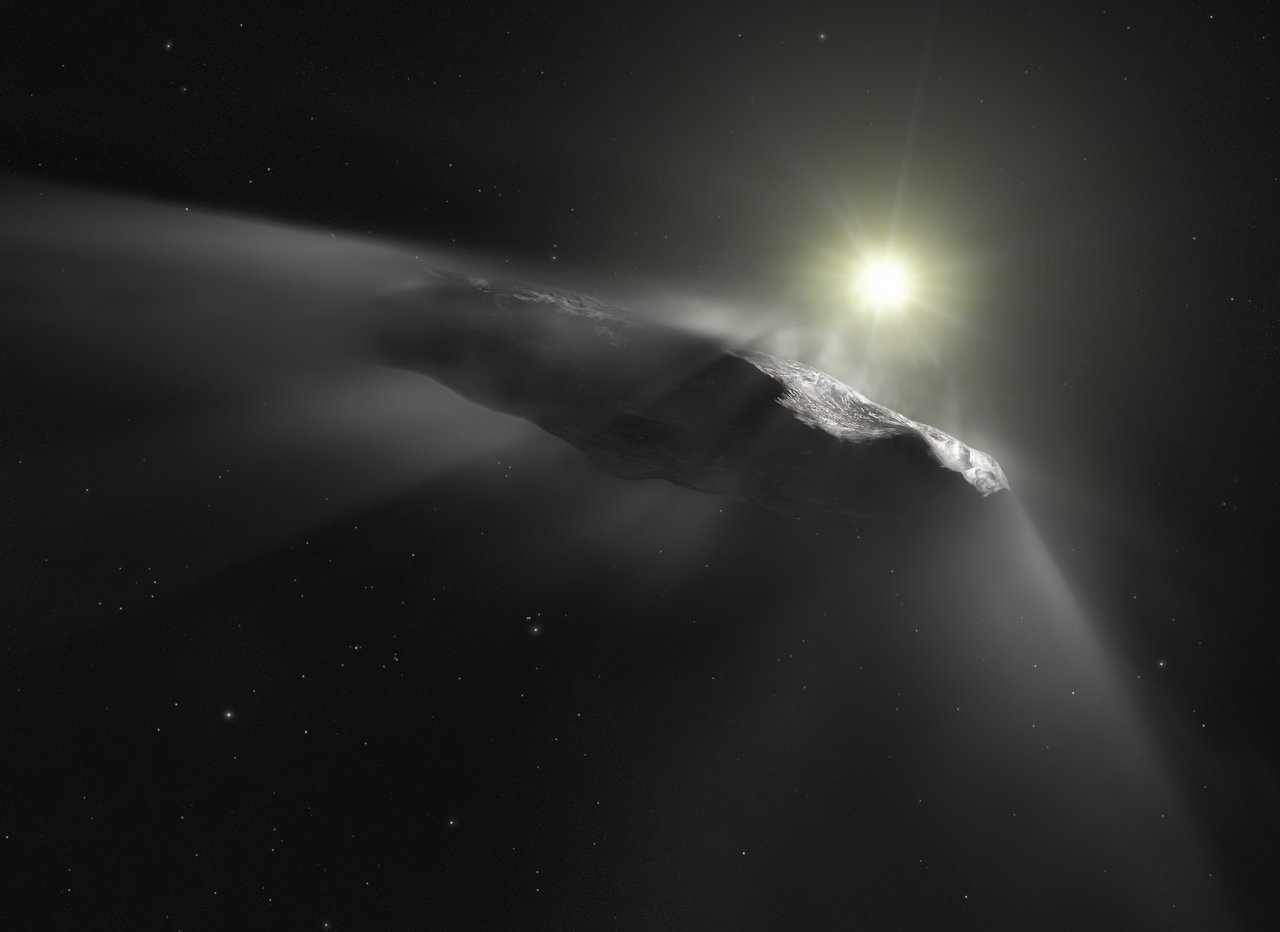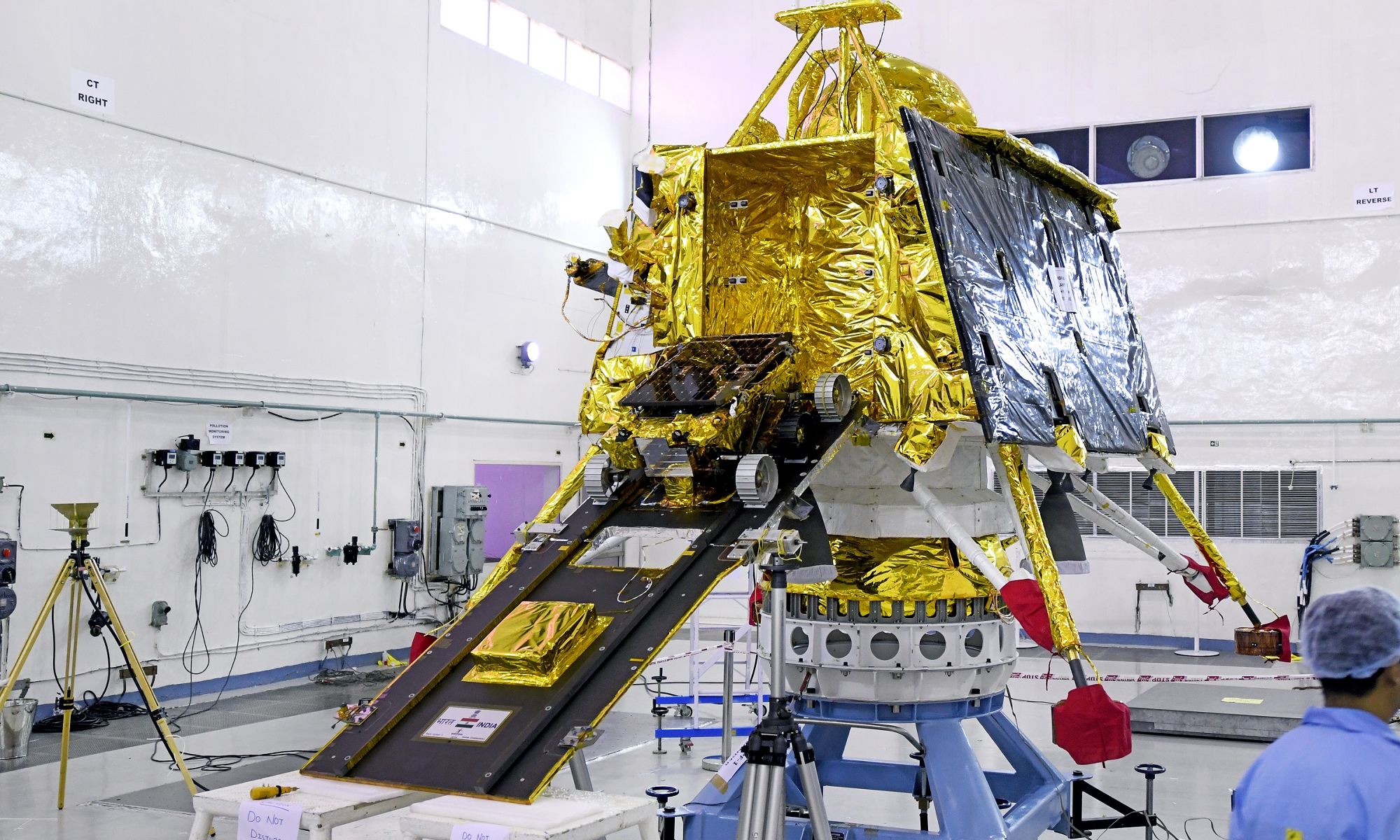On June 27th, 2018, the Japanese Aerospace Exploration Agency‘s (JAXA) Hayabusa2 spacecraft reached asteroid 162173 Ryugu. As part of JAXA’s program to study Near-Earth Asteroids (NEAs), this mission has spent over a year conducting landing operations, shooting up the surface with “bullets” and an anti-tank warhead, and collecting samples from the surface and interior that will eventually be returned to Earth.
This past Monday (Sept. 16th), Hayabusa2 released two target markers as part of its “target marker separation operation” (which ran from Sept. 12th to Sept. 17th). This consisted of two 10 cm (4 in) balls covered in reflective material being released in orbit around Ryugu. This operation puts the mission a step closer to the deployment of the mission’s MINERVA-II2 Rover-2, which will be landing on the asteroid’s surface next month.
Continue reading “Hayabusa 2 has one Last Lander it’s Going to Throw at Ryugu”
